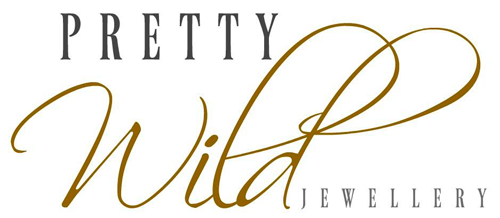Opal Gemstone Meaning
The history and Meaning of Opal
Opal is the birthstone of October
Opal is the gemstone for the 14th Anniversary in marriage
Meaning of Opal
Opal is a delicate stone with a fine vibration. It enhances cosmic consciousness and induces psychic and mystical visions. Simulating originality and dynamic creativity, and aids in accessing one’s true self. Opal is absorbent and reflective. It picks up thoughts and feelings, amplifies them, and returns them to source. It is a Karmic stone, teaching that what you put out comes back. Opal has always been associated with love and passion. Wearing an opal is said to bring about loyalty and faithfulness.
Psychologically
Opal amplifies traits and brings characteristic to the surface for transformation. Enhancing self-worth, it helps you to understand your full potential.
Mentally
Opal brings lightness and spontaneity. It encourages and interest in the Arts.
Emotionally
Opal has always been associated with love and passion, desire and eroticism. It is a seductive stone that intensifies emotional states and releases inhibitions. Opals can be used to send healing to the earths energy field, repairing depletions and reenergizing and stabilizing the grid.
Healing
Opal strengthens the will to live. It treats Parkinson’s disease, infections, and fevers and strengthens memory. Purifying the blood and kidneys, Opal regulates insulin, eases childbirth. This stone is beneficial to the eyes.
History and Legend of Opal
In a cave in Kenya, Louis Leakey, the famous anthropologist, uncovered the earliest known opal artifacts, dating back to about 4000 B.C
In the late 18th and early 19th centuries, opal began to fall out of favor in Europe. It was wrongly branded as bringing 'bad luck', and was associated with pestilence, famine and the fall of monarchs. Queen Victoria, however, did much to reverse the unfounded bad press. Queen Victoria became a lover of opal, kept a fine personal collection and wore opals throughout her reign. Princess Mary, Duchess of Gloucester, gave an opal ring to her niece Queen Victoria in 1849. This opal ring had been previously owned by Queen Charlotte since about 1810.
Queen Victoria's friends and her five daughters were presented with fine opals. Opal became highly sought after because the Royal Court of Britain was regarded as the model for fashion around the world and fine quality opal had recently been discovered in far-off Australia. In the latter years of Queen Victoria's long reign, various Australian opal fields were discovered and worked.
Precious opal was found not far from Blackall in Western Queensland and sent for evaluation to England. Due to its astonishing beauty, Australian opal's origin was put in doubt, yet, the beautiful opals from the Antipodes soon became a serious competition for diamonds.
The name opal is thought to be derived from the Sanskrit upala, meaning “precious stone,” and later the Greek derivative “Opallios,” meaning “to see a change of colour.
When Queen Victoria daughters married, she gave them opals for wedding gifts.
In Asia, opal is viewed as a symbol of hope.
Opals fascinated our ancestors, In India, opals are the beautiful "Goddess of Rainbows" who turned into stone to escape the unwanted advances of other gods. An Arab belief has it that opals are heaven-sent in the lightning that have captured the divine light in the beautiful jewel. In Ancient Rome, opals were seen as the mysterious mother of all gemstones. The Aztecs thought of opals to be the earthly manifestations of the waters of paradise. In Greek mythology, opals were believed to be Zeus’ tears of joy after the victory over the Titans.
Facts
-
Opal has a hardness of 5.5 to 6.5 on the Mohs scale
-
Opals are mined from Australia, Mexico, USA, South Africa, Britain, Canada, Brazil, Ethiopia and Slovakia.
-
In late 2008 NASA announced it had discovered opal deposits on Mars.
-
In a cave in Kenya, Louis Leakey, the famous anthropologist, uncovered the earliest known opal artifacts, dating back to about 4000 B.C
